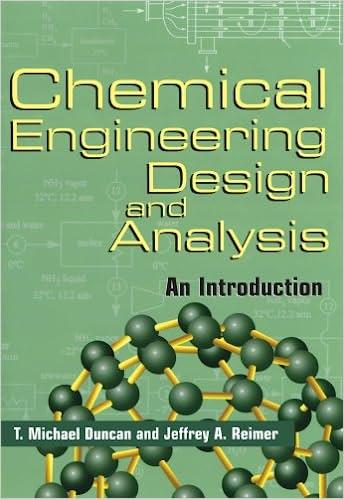




(0.5pts) Average molar mass, assuming 1:1 mole ratio (report to 2 decimal places) (0.5pts) Average molar mass, assuming 1:2 mole ratio (report to 2 decimal places) We can evaluate the three possible products by comparing the the percent errors of the experimentally determined molar masses. We will compare the magnitude (absolute value) of the percent errors, so do not worry about the sign. Use literature molar masses rounded to two decimal places and round your answers for perent error to 2 decimal places. (0.33pts) 4. Assuming you produced NaOH, what is the percent error in your determined molar mass of NaOH ? (make sure to use the experimental molar mass determined from the appropriate assumption for NaOH ) (0.33pts) 5. Assuming you produced Na2CO3, what is the percent error in your determined molar mass of Na2CO3 ? (make sure to use the experimental molar mass determined from the appropriate assumption for Na2CO3) (0.33pts) 6. Assuming you produced Na2O, what is the percent error in your determined molar mass of Na2O ? (make sure to use the experimental molar mass determined from the appropriate assumption for Na2O ) (1pts) 7. Based on your results from Test 1, which product is formed from the decomposition of baking soda? (6pts) Post Lab Part C Test 2 Analysis (6/20 pts) (6pts) Post Lab Part C Test 2 Analysis (6/20 pts) 8. Determine the mass of NaCl that was produced. Mass of beaker: 64.576g Mass of beaker and NaCl : 65.753g (1pts) Mass NaCl produced (g) In Test 2, you reacted 0.979g of solid with an excess of 1.00MHCl to form the NaCl. For the following questions, use literature molar masses rounded to two decimal places. (1pts) 9. If the solid was NaOH, what mass of NaCl(g) should have been produced? (1pts) 10. If the solid was Na2CO3, what mass of NaCl(g) should have been produced? (1 pts) 11. If the solid was Na2O, what mass of NaCl(g) should have been produced? We can evaluate the three possible products by comparing the mass of NaCl produced. We will compare the magnitude (absolute value) of the percent errors, so do not worry about the sign. Round your answers to 2 decimal places. (0.33pts) 12. Assuming you started with NaOH, what is the percent error of the mass of NaCl produced? (0.33pts) 13. Assuming you started with Na2CO3, what is the percent error of the mass of NaCl produced? (0.33pts) 14. Assuming you started with Na2O, what is the percent error of the mass of NaCl produced? Snipping Tool (1pts) 15. Based on your results from Test 2, which product is formed from the decomposition Screenshot copied to clipboard of baking soda? Choose... Select here to mark up and sha (1pts) 16. According to your results from both Test 1 and Test 2, which product is formed from the decomposition of baking soda? Choose... (1pts) 17. Which of the following equations best describes the thermal decomposition of baking soda? Choose











